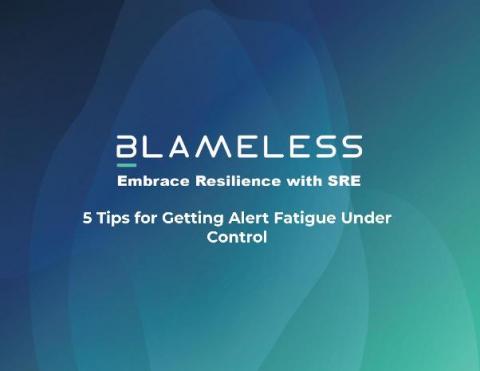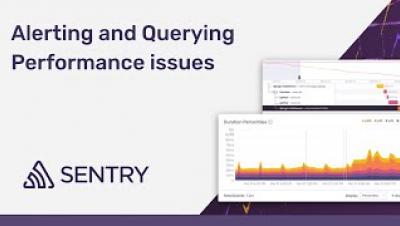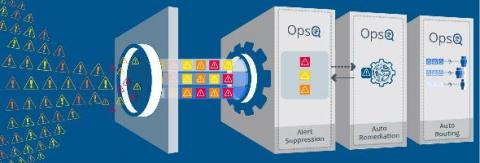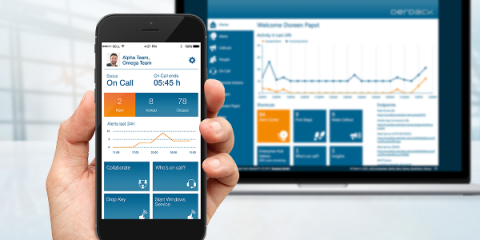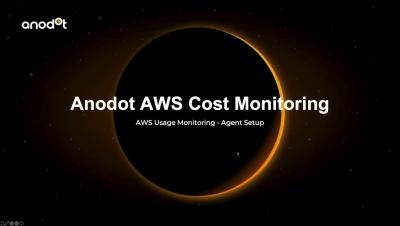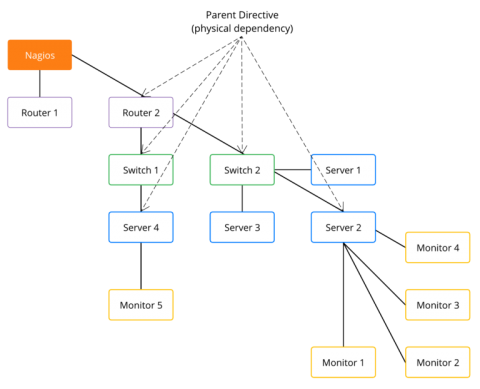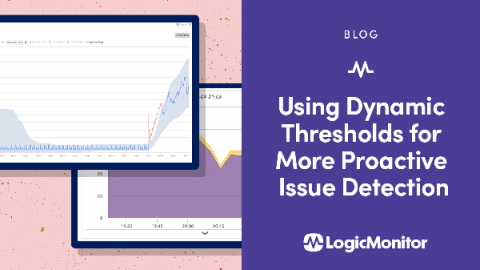Operations | Monitoring | ITSM | DevOps | Cloud
Alerting
Performance Monitoring: Alerting and Querying Performance Issues
#ITConnections: Efficient Alert Strategy that Can be Translated to Remote Work
PagerDuty Paying Dividends for Form3's Digital Payment Platform
Your payment systems have slowed to a crawl, customers are getting impatient and abandoning their shopping carts both online and in stores, and you’re losing money every minute this problem goes on. Behind the scenes, technical responders are scrambling to resolve the issue before it impacts more customers—and before even more money is lost.
Tools to Manage Cyber Risk in a Growing Organization
Within the cyber security industry, it is well known that as a company grows, so does its attack surface. This trend lends itself largely to the fact that as more employees are hired, more company-owned machines (laptops, tablets, etc.) are distributed. The risk is that once a company-owned machine is given to an employee, it is up to the employee whether to follow the security best practices set forth by your company. Your technological asset has now become a security risk.
The Real Savings from Intelligent Alert Management
Alert noise is reaching an all-time high in IT organizations. The volume of these alerts from disparate tools and technologies has reached a point where they are greatly undermining the ability of IT organizations to properly manage, secure and optimize services and applications for users and customers. DEJ’s recent study on AIOps found that organizations currently spend $1.27 million annually on avoidable incident escalations that result from non-contextual and non-actionable alerts.
Alarming and Incident Reaction on Azure - An architecture Guide for Enterprise Alert on Azure by Patrick Fontana
More and more companies move business critical communication instruments into a cloud based environment. This could be established in a partner datacenter or in a public cloud environment. The main deciding factors between these two options are the trust to the provider and the costs of the solution.
Anodot Tutorial: Monitoring AWS Usage with Machine Learning
Mitigating Alarm Storms in GroundWork Monitor
GroundWork Monitor offers Parent Child configurations for distributed monitoring, enabling the monitoring of a subset of an infrastructure where Child servers report the state and performance metrics to a central, or “Parent” GroundWork server.
Using Dynamic Thresholds for More Proactive Issue Detection
Have you ever been paged for a critical issue and started troubleshooting only to find an obvious drop in requests that weren’t caught by a static threshold? Or a significant increase in a metric that didn’t cross a static threshold? Or even, evidence of warning alerts triggered long ago that should have enabled someone to resolve the issue and prevent it from causing business impact, but instead was ignored in the massive alert volume received by the team?


